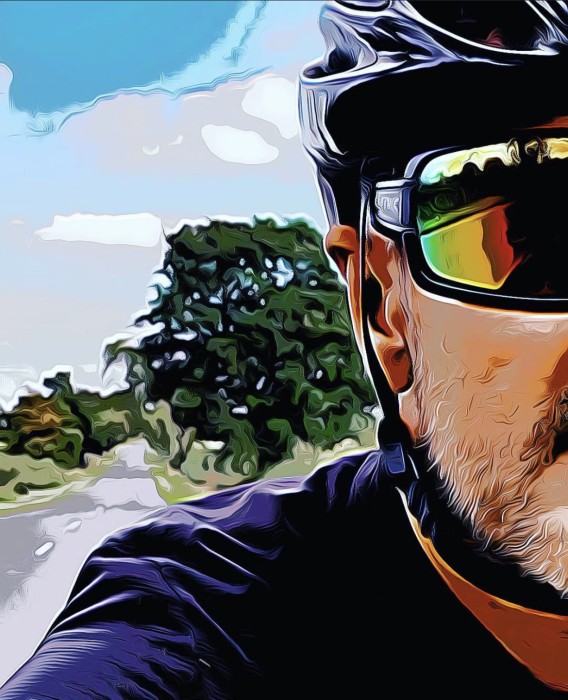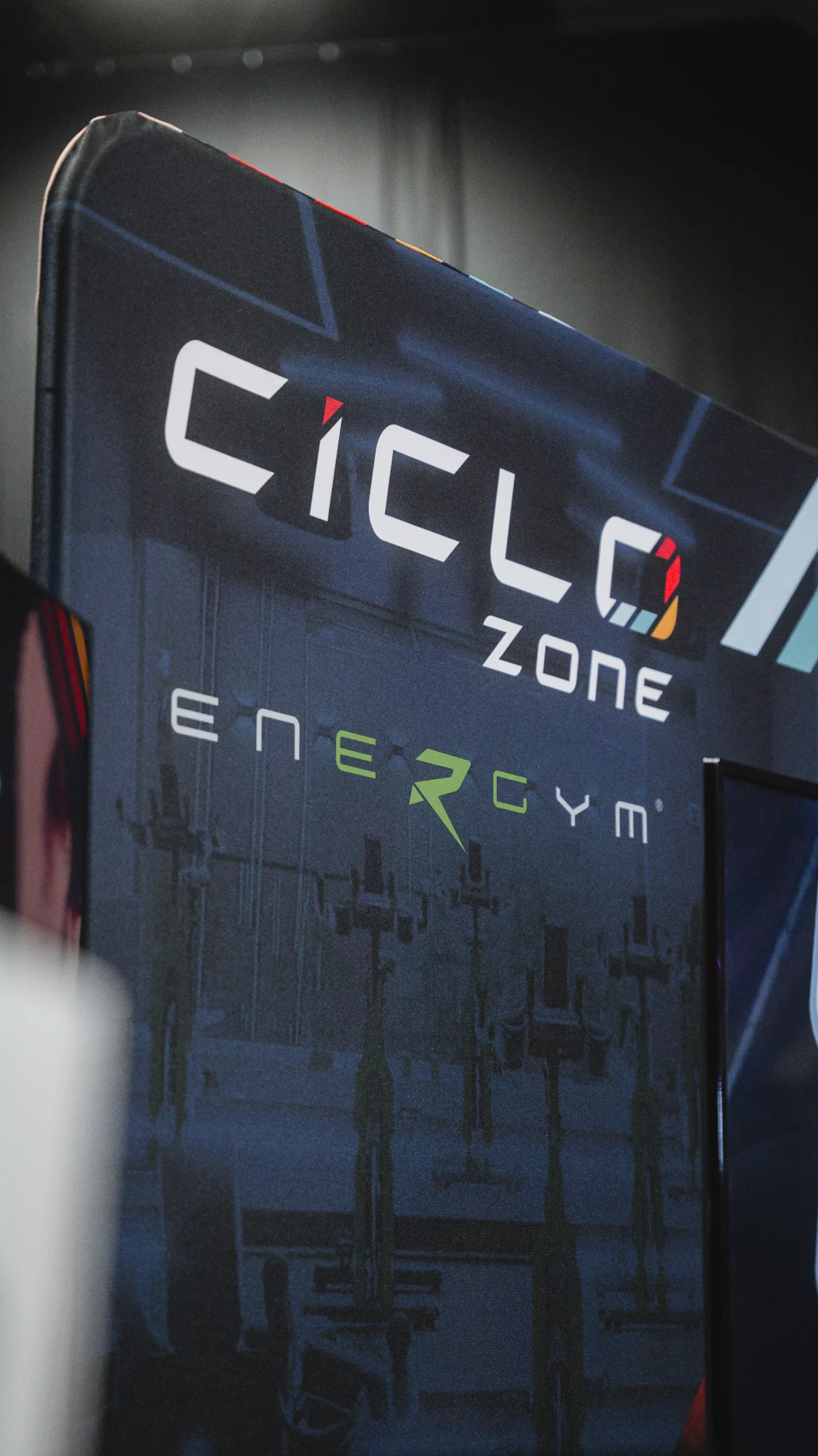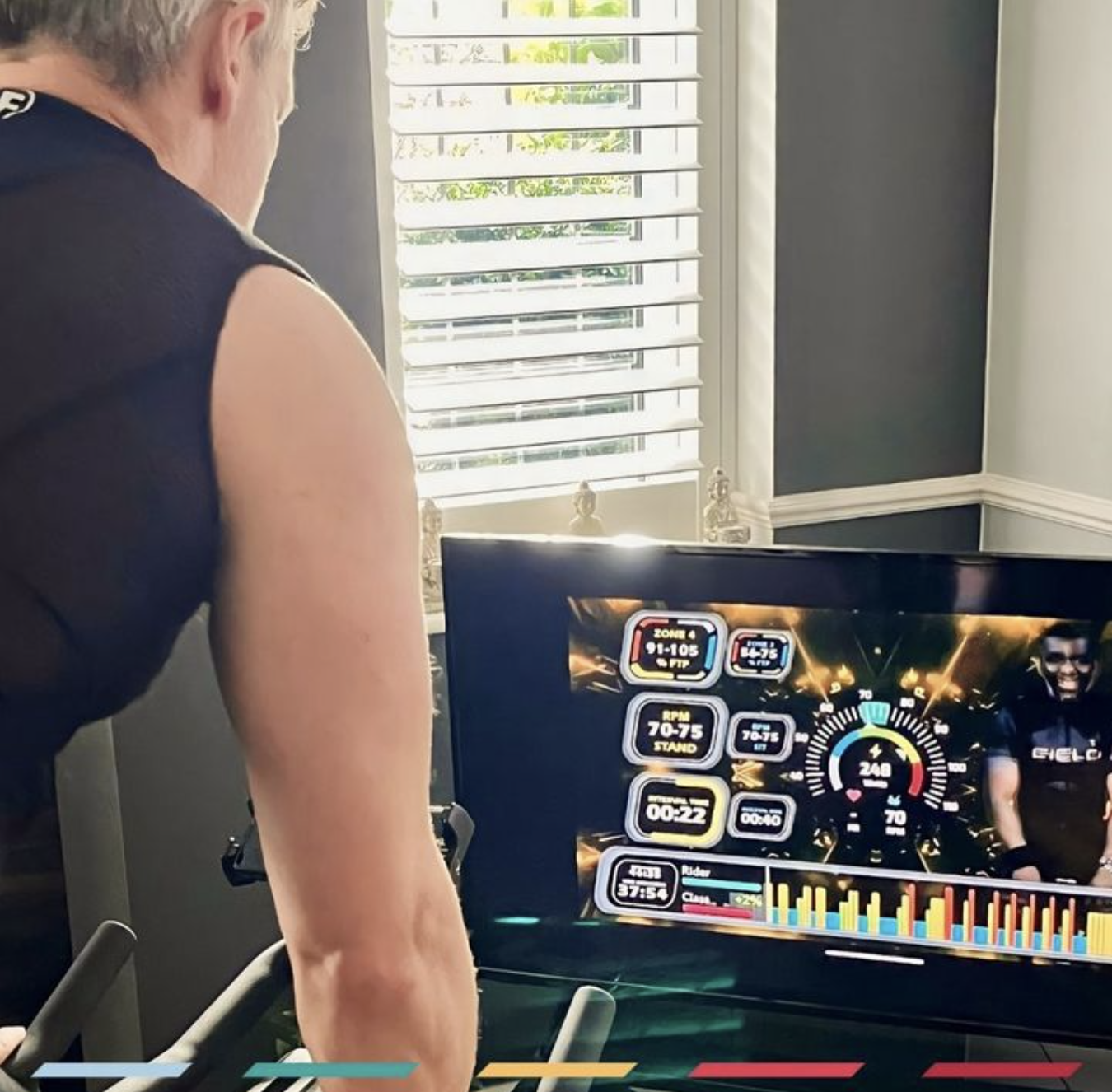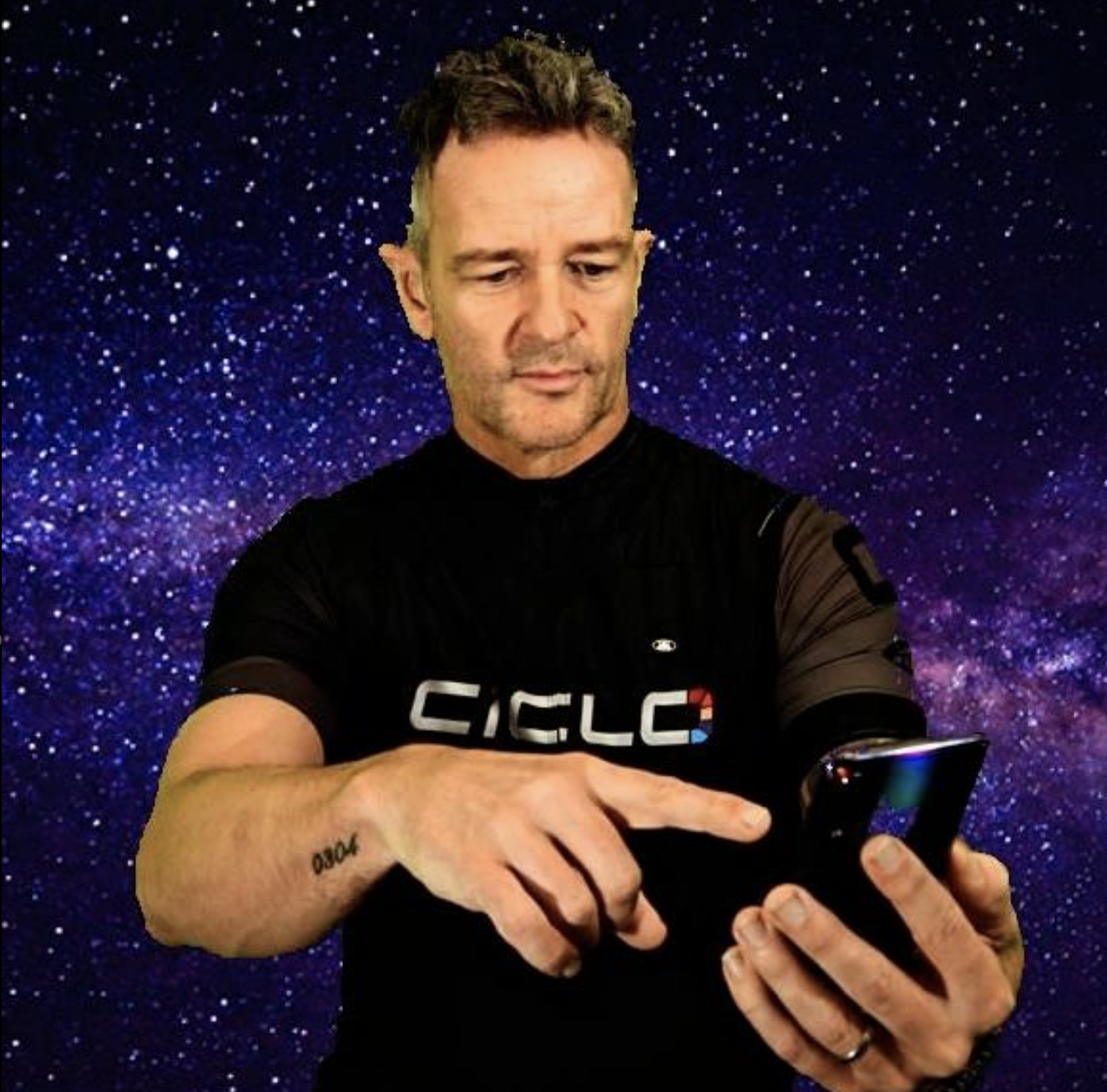Just recently I have been looking at a lot of the New Year fitness promises made by various fitness influencers and brands guaranteeing you that their new products, or concept, will give you the body you’ve always dreamed of and all the results you’ve always craved.
Some people will take up these new fitness regimes to try and accomplish their goals as one of their New Year resolutions, swayed by the flashy advertising or photos of models glistening under studio lighting. It may be simply joining a gym and lifting some weights, or indeed partaking in one of a number of group exercise activities, each with their own particular brand or theme. Of course the number of new cyclists we see at the beginning of every year grows in January, however these new cyclists, as with all of the other new fitness devotees, may not maintain the new fitness regime into the spring of that year and most of those will give up due to a lack of progress or results.
This got me thinking about my own yearly fitness journey on the bike and how I have always approached my training to achieve my fitness goals year on year. Be it at a certain level of performance or sometimes just to lose a few kg’s and get beach ready for the summer. What is different about me and my approach that may be missing from the fitness journey that many people start and don’t finish each and every new year?
Is it my genetics? Maybe, but neither of my parents are fitness or sports fanatics, and neither my grandparents, so maybe that isn’t a consideration. Is it simply cycling that does it? Well many people cycle, but lets face it, very few have what we would call a cyclist’s body to pour into their lycra as many ‘MAMILS’ (middle aged men in lycra) testify to this each Sunday morning on the roads near where I live.
Lots of people say it is the combination of weight training as well as the cycling that is the secret. Well, between you and me the weight training for me has always been very few and far between. In fact, I would say less than 5% of my fitness routine is made up of lifting iron, because to be honest I cant bloody stand it (as well as the fact that I only have to look at a dumbbell to put on 2kg which is not the best for a climbing cyclist). All I have really done is cycle… on the roads, indoors, on trainers, turbos and spin bikes and more recently the Wattbike Atom X. I have got many friends who have completely different fitness routines to me, on completely different journeys to me, who have incredibly achieved really similar results to me in terms of body shape and mass and performance into our more advanced years. Friends and colleagues of different ages and genders with different diets and training routines and frequency of training who all seem to get to their end goal. So what is the common denominator?
I analysed my training firstly just to see if there anything totally obvious I am missing here. Now, the one thing I’m always told is I have no second gear, even when training… it is all or nothing. In Spain, during my cycling I never quit an interval, I never shirk a training zone or cut short a session, and never quit on a climb. I guess maybe just a pro-sports thing. I’m just built to never to accept second as anything more than first loser.
So I asked my friends about their mental attitude when training and without any exception they all shared my mentality and took their single minded attitude into their training every time. They head to a session with a set routine, time or output figure in mind and they do not ever leave it until it is done. A bodybuilding friend of mine quoted to me that “a failure on a set of 8 reps is more a mental failure than physical. Drop the weight and finish the set but never ever quit because failure is never an option”. This rang so true of my sessions on CicloZone, so many times halfway through an interval my legs have just gone from me at that red zone or even yellow zone interval, but I never ever quit. I just reduce a zone (or two) for a few minutes, keeping the RPM and rejoin the profile intensity when I can. I may reduce the intensity but never quit the interval, similar to dropping that weight on that final dumbbell set just to get to the end.
So, to do this then we must be working with metrics, right? A bodybuilder sets their metrics based on number of sets, number of reps per set and weight lifted per rep. A runner sets their elapsed time per km or mile and doesn’t deviate for a given total distance. A cyclist (of course, the metric data whores), will consume wattage, watts per kg, HR, speed, distance, time, energy and any other data element that is at all measurable including, I’m sure, numbness of ass on particularly long rides.
Will success be achieved if you have a measure of something to record your progress? It’s a start for sure, but data can only be used to show success if recorded and compared to other data? An earlier ride or run for example or with CicloZone the COL% of each session sets that target. So what are we actually achieving by doing this? Surely simply recording data doesn’t ensure that bikini body or six pack for the summer. Well, it does if you realise that setting a target and focussing on achieving it and then setting a further target and working to achieve that to show continual progression, is extremely critical to success.
All of my friends exhibit this factor and all agree it is the reason why they are successful. By continually monitoring progress, striving to achieve results, being competitive with yourself and focusing on small gains every day and not always the big picture and final objectives (Dave Brailsford, coach of the SKY racing team called these ‘marginal gains). This philosophy will eventually realise an INTENSITY to your workout that will reap the rewards you want, and I’m afraid that too many people still believe that walking on a treadmill for 30 minutes, 3 times a week, will reward them the body of their dreams. It may do, if that walk eventually turns into a jog, then into sprinted intervals of 30 secs with 30 secs rest at 15mph, then 16 mph… then 45 sec intervals with 30 secs rest and then again at 17mph etc etc.
So, intensity is the key. To be precise, a personal intensity which affect your energy systems in a way that they begin to function to a level which forces change.
A bodybuilder isn’t going get the arms of Arnold by lifting a 2kg dumbbell 200 reps, but he may make good start with a combination of 10kg and 15 reps to even 15kg for 6 reps. Either way, that person will be exercising at an intensity to affect change or be somewhere on the way to it with progressive routines as they get stronger.
A runner looking for 7min/km split times may have to start with 500m intervals at 7min/km pace but eventually will increase times to hit the desired result.
A cyclist wanting a 250watt FTP will need to exercise with intervals at a lower FTP, slowly increasing as the power comes and legs start to perform.
It is a certain intensity level that is needed for change and so many people never get to that intensity or are never coached to that intensity. The only thing we can generally say about the required level of intensity is that it is a relatively high percentage of your actual limit in any given exercise or discipline. Your limit can be tested for using a combination of metrics such as weight vs. reps or speed vs. time, but to be honest a good, sensible average starting point following by a consistent, methodical approach to progressing from that starting point by increasing those metrics will see you, sooner rather than later, arrive at the desired intensity to affect change. So, just keep going and have the confidence in your ability to progress and change will happen.
So INTENSITY is the key, or is it only part of the equation? It couldn’t be that simple could it? Lift enough weight or run a certain distance or hit a certain FTP will give you all the success? No, of course not… well not on its own.
The other ingredients, critical to success, are the same in any walk of life. Time and consistency… its pretty obvious really. Any training using data as a measure of progression needs enough data to show that progression, which means lots of training, visits to the gym or time on the bike.
With CicloZone we make sure that your intensity is always correct in every ride by constantly analysing your ride results against the set intensity of the every class (COL%) and when we feel you need to progress, when your results deserve it, we will auto augment your power profile to keep you moving forward towards your goals.
All you need to do is turn up, switch on and ride as we do all the correct intensity and progression for you.
I created CicloZone for individuals who don’t like to waste their time. Individuals that are driven to put the effort in to receive real results from their training. If you are that person, just like me, then CicloZone makes it simple. If I have to put TIME into my training to achieve the results I want, and CONSISTENCY into my TIME then I’m damn sure I know I’m not going to waste that TIME by not training at the desired INTENSITY to affect change.
Any training without INTENSITY is maintenance. If you are happy with what you’ve got, then maintenance is all you need and those 30 min walks on the treadmill may be enough but if you want to change anything then its time to get on board with a platform or program that delivers the correct Intensity.
Any concept that doesn’t talk about specific intensity will change nothing… FACT! So, don’t believe the hype or the heavily filtered instagram bullshit.




